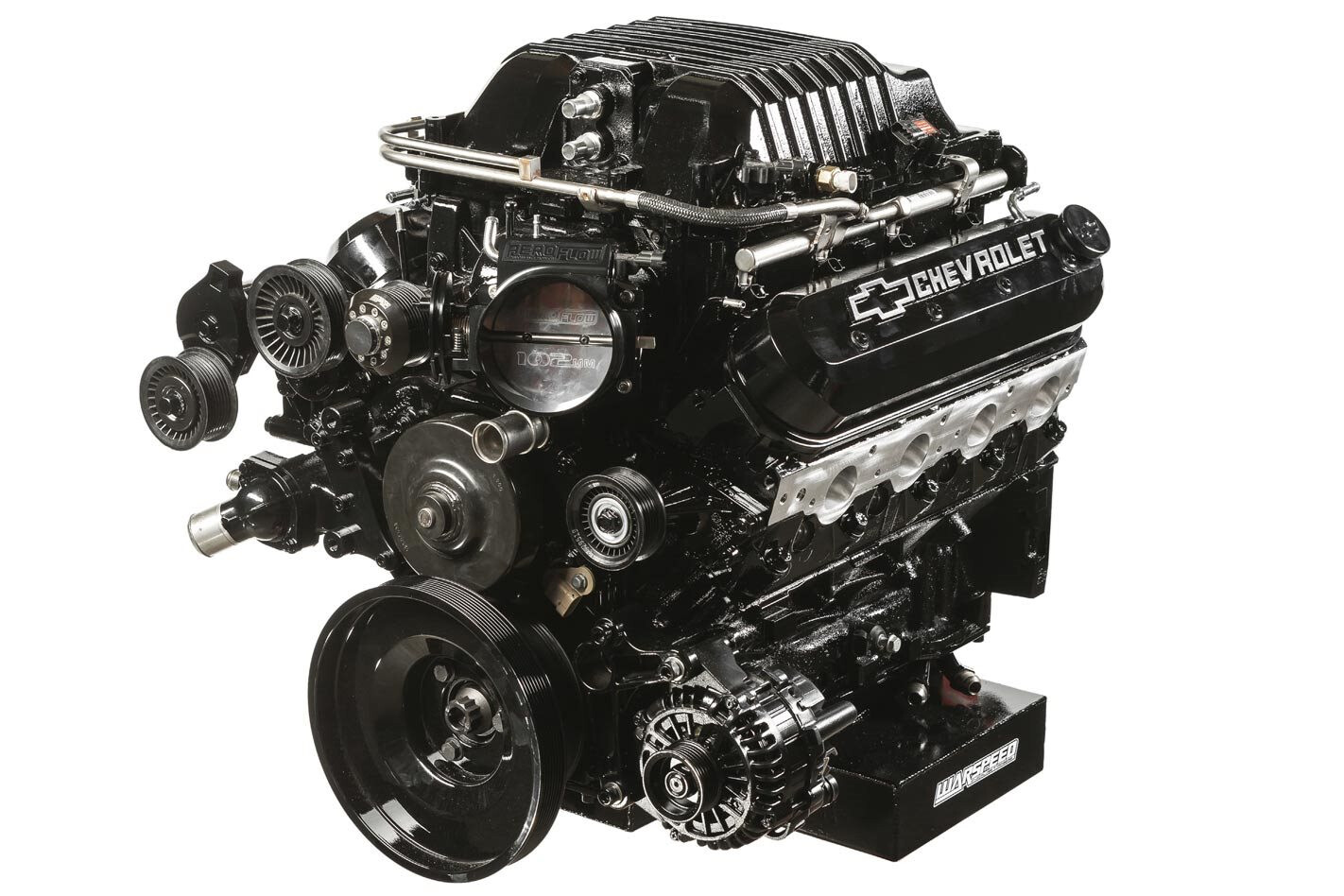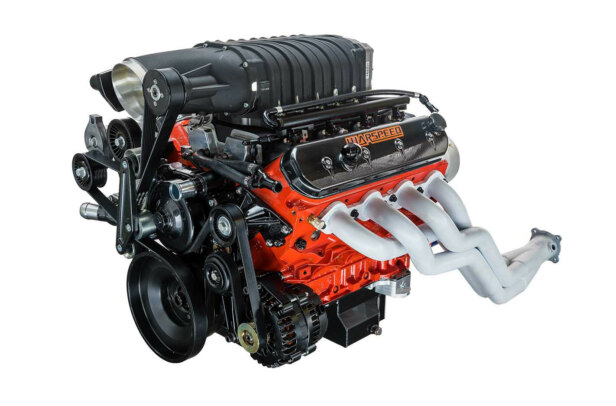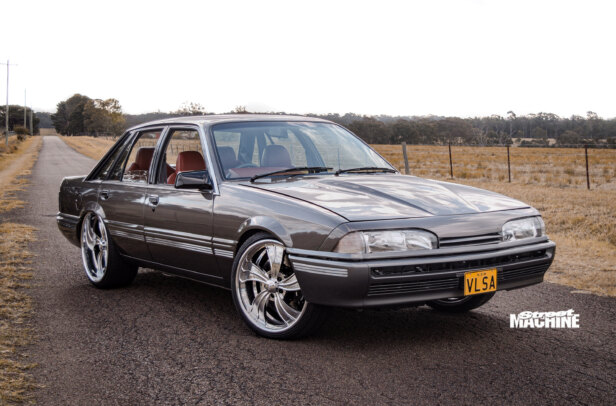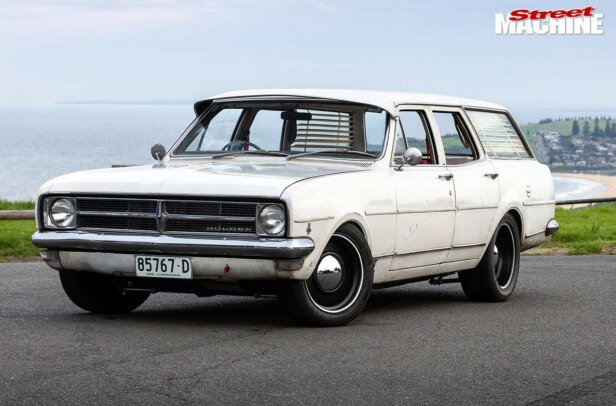This article was originally published in the October 2018 issue of Street Machine
Warspeed, St Marys NSW
You can buy these brand spanking new in a box for around $11,000. They offer incredible performance for that money and have even greater potential in modified form, but they’re not perfect.
Troy Worsley from Warspeed has had a bunch of them come through his shop in the past 12 months, and while he’ll happily attest to what a good thing they can be, he’s encountered a number of them with potentially catastrophic issues.
“I’ve found that the bearings are an issue on a lot of these LSAs,” Troy says. “They have Teflon-coated bearings, and that coating is often inconsistent, which results in variance in the bearing clearance. Some of them have no issues at all and will run forever; others won’t.” Troy’s process with these engines is the same no matter if it’s a brand-new crate engine or a used engine that may have suffered a failure. He pulls them down and reassembles them to exacting tolerances retaining the factory rotating assembly, but with some key changes in the name of both reliability and horsepower.
“I change the bearings out for ACL bearings, check the ring gaps and assemble it like you would a proper built engine,” he says. “The factory powder-forged rods and high-silica pistons are happy up to about 900hp, which is about the capability of the stock blower anyway. They are better components than you get in an LS3 and the heads are a different casting too, so what you’re getting is a pretty good engine in bang-for-buck terms.”
This particular example is destined for a KE20 Corolla skid car, and it’s been fitted with a Kelford Cams hydraulic-roller that’s been ground to Troy’s specifications. “I’m a big believer in hydraulic-roller camshafts for burnout engines,” he says. “A lot of burnout guys bash the limiter, so the spring pressures associated with solid camshafts can really compromise reliability.”
To that end, Troy has beefed up the valvetrain with PAC dual springs, and Manton pushrods that are 11/32-inch diameter (up from 5/16-inch) and have thicker walls, but are still drop-in fitment.
Nathan Higgins ported not only the heads but also the blower and blower snout for increased flow. Troy replaced the factory spring-loaded blower coupler (which is prone to failure) with a Harrop solid coupler, and loaded the blower with a Harrop 65mm pulley. Combined with a 28-percent overdriven Powerbond balancer (which requires an offset tensioner bracket for fitment), it should fetch around 18psi of boost out of the 1.9-litre blower. “It’s a fair bit of boost and the blower will see some rpm, but only for a minute-and-a-half at a time,” says Troy. Oiling is catered for by a Melling high-volume pump and a custom ASR pan, and E85 is delivered via 1000cc Xspurt injectors.
“It should make about 850hp at the flywheel; probably somewhere north of 700 at the tyres through a Turbo 400,” Troy says. Not bad for an engine built with mostly factory components, and enough to make a little Corolla a pretty wild ride!
PAINT IT BLACK AND PUT IT BACK
One of the drawbacks of LSA engines is that they’re as ugly as a hatful of arseholes. What a difference a coat of paint makes! “I had Jason at Lowe Fabrications paint it in black two-pack so that it looks nice cosmetically,” Troy says. “The Chevy covers give it a more old-school look than the billet covers I usually use, which was part of the brief from the customer. He’ll remote-mount the coils, but everything else is factory.”




Comments